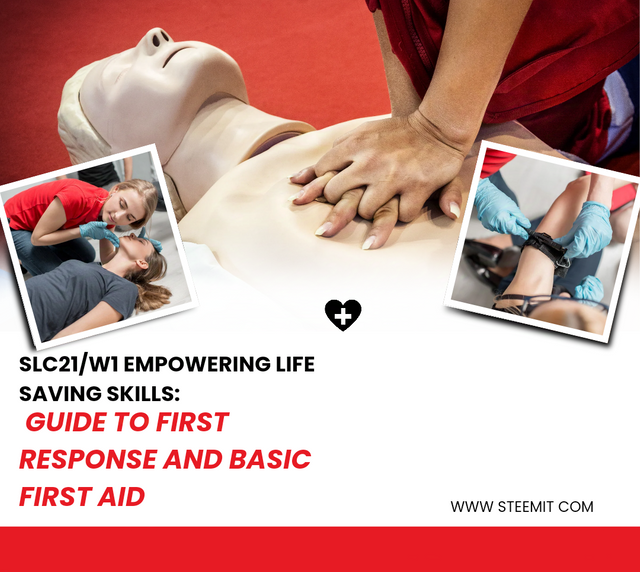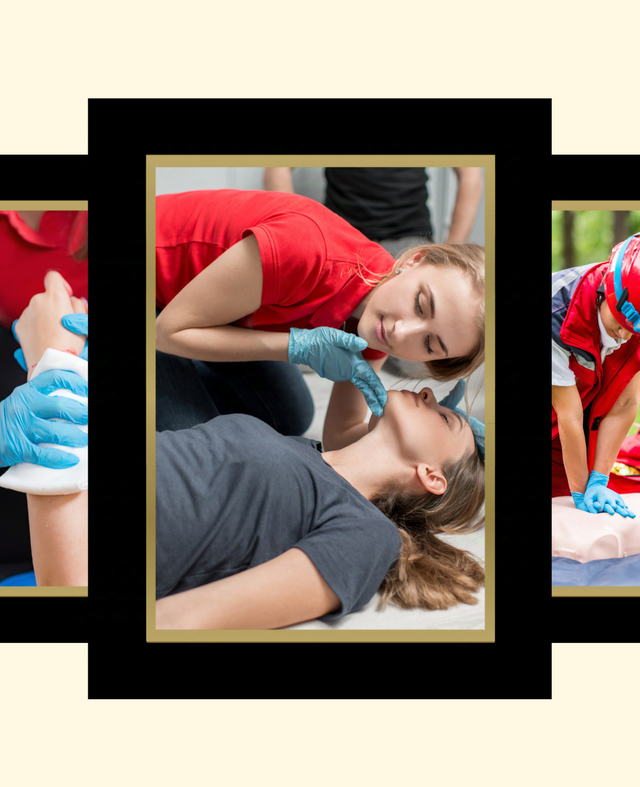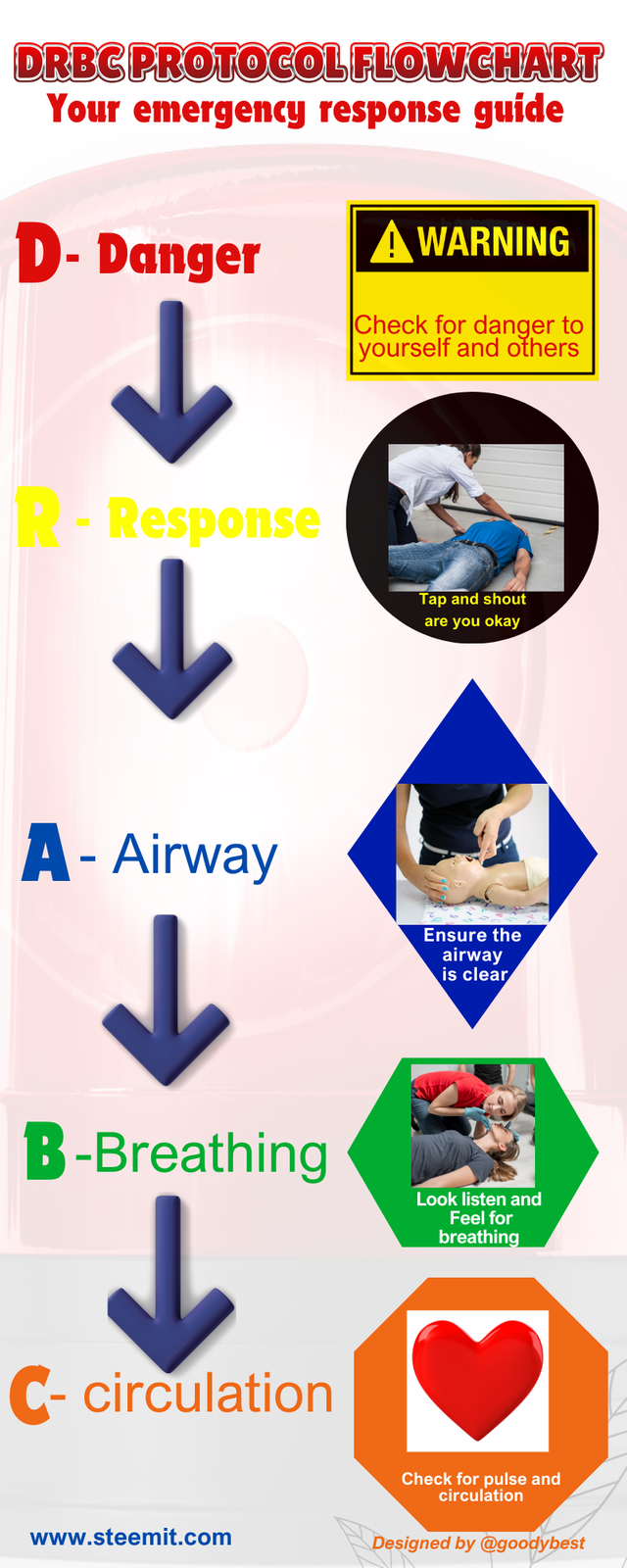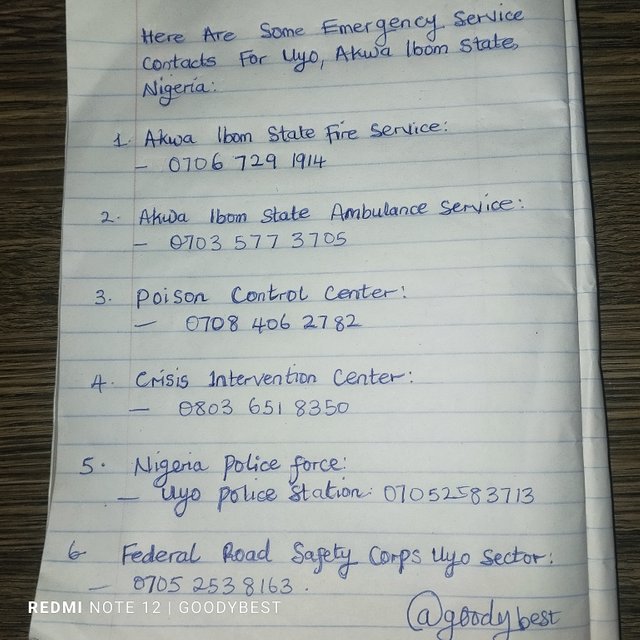SLC21/WK1: Empowering Life-Saving Skills: A Guide to First Response and Basic First Aid

It was one sunny Saturday morning when I was still a teenager, and I joined my friends for a casual run in the field. We were having a lot of fun, laughing and enjoying the moment when suddenly, I noticed one of our friends, Alice, gasping for air, she stumbled and collapsed on the ground. I was panicked as I saw her lying unresponsive and pale. My heart raced.
I never had such an experience before, and we were helpless; my mind raced with fear and uncertainty. I tried to gently shake her, calling her name, but there was no response. I told my other friends to look around for help, someone who would know what to do while I continued tapping her and asking if she was okay, that moment I felt completely alone.
I remembered hearing about basic first aid skills, but the truth was that I never learned any myself. My friends were shouting for help and thank goodness a jogger approached and quickly assessed the situation. He checked Alice's pulse and began performing first aid.
I was watching the jogger take charge, and we felt relief, but then it was a blow to my confidence. That was the day I learned the importance of being prepared. That day I promised myself to learn the basic first aid skills to ensure that I could help in emergency cases like this next time.
Imagine you are walking back home, when you witness a road traffic accident between a car and a motorcycle, and the motorcyclist is lying on the road, not moving. There’s some bleeding from his leg, and he appears to be unconscious. You being the first responder, how will you manage this scenario? |
|---|

In this scenario, I would just apply the DRABC protocol as follows:
First of all, I will ensure that the scene is safe for me, the victim and even the onlookers. I will look for any ongoing traffic or hazards that could pose a risk. I would even clear some broken glasses and mirrors.
After that, I will approach the motorcyclist and gently shake his shoulders while asking him if he's ok, and I will also check for any signs of consciousness; signs like movement, response to my question etc.
The next thing I will do is to check if the motorcyclist is unconscious, I will carefully position him well to maintain an open airway. I would even tilt his head when necessary and look for any obstructions.
Fourthly, what I will do is to check his breathing; I would look, listen, and feel for signs of breathing for at least up to 15 seconds. If I don't feel anything, or if the motorcyclist is gasping for air, I will prepare to perform CPR.
Another important thing I would do is to check his circulation by looking for any signs of severe bleeding, and in this case, the motorcyclist was bleeding on the leg. So I'll apply direct pressure with a clean cloth or bandage to control the bleeding. If possible I can even raise the limb while maintaining pressure.
The sixth thing I will do is to call for help, while I still manage the situation I would ask someone nearby to dial the ambulance emergency service number when they take the call I will speak to them by myself and provide details about the accident and the condition of the motorcyclist, so that they will know what to come with.
I would continue to monitor the motorcyclist and check his breathing and responsiveness. I will be ready to give further assistance like CPR if need be until professional help arrives.
Lastly I will provide information to the emergency responders when they arrive, I would give them all the necessary information about the incident and the condition of the victim.
I believe that by following the DRABC protocol I would be prioritizing keeping the scene safe for all, assessing the victim's condition and giving the needed care until professional help arrives.
Draw or Create an engaging illustration/flowchart of DRABC protocol (Try to be creative and don't forget to add your username on the illustration) |
|---|

I used canva app to create the above beautiful DRABC protocol flowchart, to serve as an emergency response guide. The first in the chart is Danger, seconded by response, airway, breathing and circulation according, I've stated what needed to be done in each steps and added some picture illustrations.
Write down the numbers of emergency services of your country/area on a paper (Minimum 5, maximum 10) |
|---|
As first aiders, it is important we know some emergency services numbers off-hand and even store them in our phones. Thanks for this class because I got to have some of my state's hotlines in case you of emergencies, and below are some:

Thank you for the lesson teachers, I'm in for this course! Hi @iddy, @eliany and @ngoenyi I believe you will love this course, just join.
Student Name: @goodybest
Time of Checking: Within 24 hours of the homework
Overall Grade: [8.8/10]
Plagiarism Check: Pass
AI Use: No
General Feedback:
Great job overall! Your personal narrative effectively highlights the significance of first aid knowledge, and your application of the DRABC protocol shows a clear understanding of emergency response. With a few enhancements to your descriptions and formatting, your submissions could be even more impactful. Keep up the excellent work!
Regards,
@abdu.navi03
Hi, @abdu.navi03, thanks for the review and suggestions; I know there's always room for improvement, right? So, I'm excited to get even better in the coming weeks.
What a beautiful entry..
I didn’t intend to join this particular challenge before now but after reading about the incident you went through with your friend, I now see the need to pertake in it to learn this basic first aid… you never can tell, when it would be of help..
You're absolutely right dear, this course is a must and you'll be glad you took it one day, thanks for stopping by Sammy!
Hello madam
I’m new on Steemit. Can you please visit my post and I will be glad if you can mentor me as well
Please🙏🏼
Knowing first aid and first response boosts people's confidence. Thanks for sharing an awesome guide. Good luck for the contest.
Thank you very much for informing us about medical assistance madam@goodybest.💊💉🩺